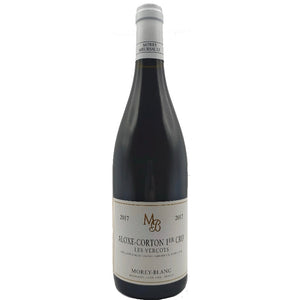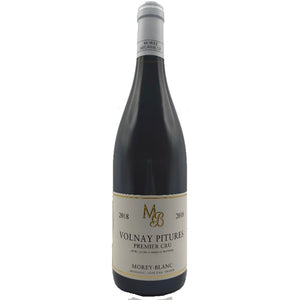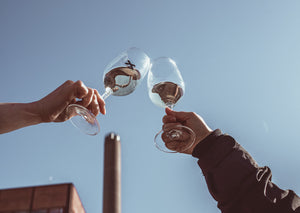Anne's son, who is in his early twenties, is now part of the farm's winegrowing team, and one day he will certainly participate alongside his mother in making the farm's wines in the cellar. Today, however, Pierre Morey's wines are completely Anne's handiwork, which can be seen in the wines as remarkable elegance and lingering harmony.
The annual production of Pierre Morey wines is about 50,000 bottles and Morey-Blanc about 10,000 bottles. The producer has an organic certificate.




